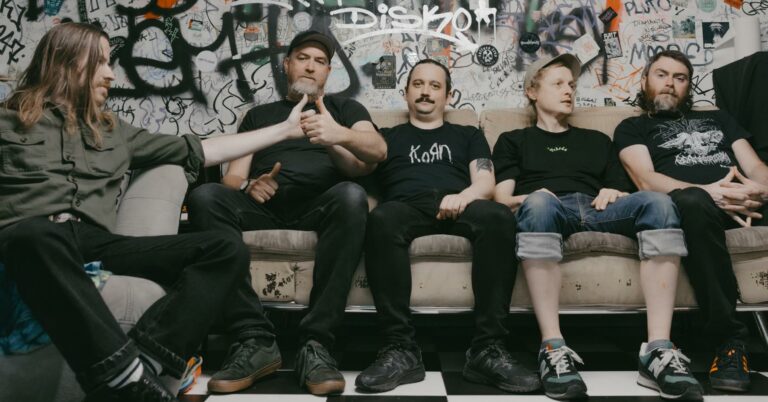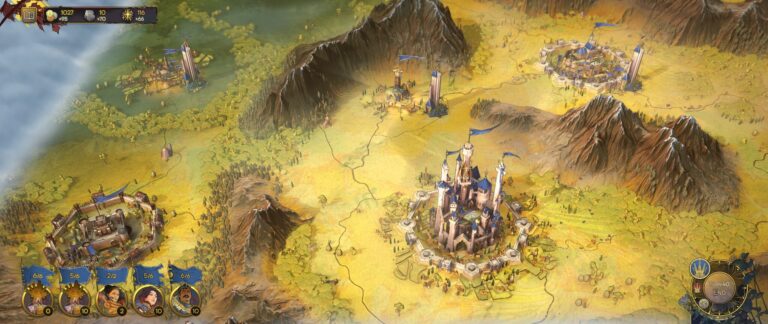The world of casinos is a realm of high stakes, glittering lights, and tantalizing opportunities. It’s where fortunes are made and lost in the blink of an eye. For movie buffs, casino films offer a thrilling escape into this seductive world, showcasing tales of risk, cunning, and the ultimate gamble. With their blend of suspense, intrigue, and character-driven drama, these movies captivate audiences and keep them glued to the screen. Let’s explore some of the best casino movies that have left an indelible mark on cinematic history and continue to enthrall viewers with their electric energy.
With the rise of technology, the allure of casinos has extended beyond physical venues into the digital realm. Online casinos have emerged as a convenient and accessible alternative, allowing enthusiasts to experience the excitement of gambling from the comfort of their own homes. This shift has also led to the proliferation of online casino comparison websites, such as promo guy, which guide players in choosing the best platforms based on their preferences and needs. These resources enable users to compare bonuses, game selections, and user experiences, making informed decisions amidst the vast options available online. Casino movies often capture the intensity and strategy of gambling, which mirrors the skills and evaluations needed when navigating online casino platforms. As such, these films and websites both offer insights into the adrenaline-pumping world of high-stakes gaming, whether in a glamorous physical setting or a virtual one.
Casino (1995)
Martin Scorsese’s Casino is a classic that transports viewers to the heart of Las Vegas during its glory days. Based on a true story, this film chronicles the rise and fall of Sam “Ace” Rothstein, played by Robert De Niro, who runs a casino empire in the 1970s. The film’s detailed depiction of the inner workings of a casino, alongside the fierce power struggles and high-stakes gambling, makes it a standout in the genre.
Sharon Stone delivers a standout performance as Ginger, Ace’s troubled wife, bringing depth and intensity to the story. The film’s tension is palpable, with scenes that highlight the unpredictable nature of the casino world. It captures the seductive allure and inevitable downfall of those who dare to challenge fate in the high-stakes environment.
Ocean’s Eleven (2001)
A heist movie with a glamorous twist, Ocean’s Eleven follows Danny Ocean, played by George Clooney, and his team as they attempt to pull off a multi-million dollar robbery in Las Vegas. The film’s plot is intricate, weaving together the stories of each team member as they execute their daring plan. With its star-studded cast, including Brad Pitt and Julia Roberts, the film blends wit, charm, and suspense seamlessly.
One of the film’s greatest strengths is its ability to keep audiences guessing. The clever twists and turns, combined with the tension of the heist, make it a thrilling watch. The film’s stylish execution and charismatic performances elevate it beyond a typical heist movie, capturing the excitement and unpredictability of the casino setting.
Rounders (1998)
In Rounders, Matt Damon stars as Mike McDermott, a reformed gambler who returns to the poker tables to help a friend out of debt. The film offers an authentic look at the underground poker scene, with tense card games and intense rivalries. Edward Norton’s portrayal of Worm, Mike’s reckless friend, adds an element of unpredictability to the narrative.
The film’s appeal lies in its focus on the psychological aspects of poker. It explores themes of loyalty, risk, and redemption, while keeping viewers on the edge of their seats with its high-stakes poker scenes. The film remains a favorite among poker enthusiasts for its realistic depiction of the game and the complex dynamics between characters.
The Cooler (2003)
The Cooler introduces viewers to Bernie Lootz, played by William H. Macy, a man with notoriously bad luck employed by a casino to “cool” winning streaks. His fortunes change when he falls in love, leading to unexpected complications. The film combines elements of romance, drama, and the supernatural, creating a unique take on the casino genre.
William H. Macy’s performance is both endearing and melancholic, capturing the essence of a man trying to change his fate. The film’s exploration of luck, love, and the impact of personal connections adds depth to its narrative. It keeps audiences engaged with its blend of suspense and heartfelt moments, making it a memorable addition to the list.
The Cincinnati Kid (1965)
Set in the world of high-stakes poker, The Cincinnati Kid stars Steve McQueen as Eric “The Kid” Stoner, a young poker player aiming to establish himself as the best. The film’s narrative revolves around a climactic poker showdown, where skill, strategy, and luck collide.
The film’s strength lies in its portrayal of the intense psychological battles at the poker table. Steve McQueen’s charismatic performance, along with the film’s focus on character dynamics, elevates it from a simple gambling movie to a study of ambition and rivalry. The tension builds steadily, culminating in a nail-biting finale that keeps audiences hooked.
Molly’s Game (2017)
Based on a true story, Molly’s Game follows Molly Bloom, played by Jessica Chastain, as she navigates the world of underground poker games for the elite. The film offers a glimpse into the glamorous yet dangerous world Molly inhabits, filled with high-stakes drama and legal challenges.
Jessica Chastain shines in her role, portraying Molly’s resilience and intelligence with aplomb. The film’s narrative structure, combined with Aaron Sorkin’s sharp dialogue, keeps the story engaging and fast-paced. It examines themes of power, ambition, and the consequences of living on the edge, making it a captivating watch for audiences.
21 (2008)
Inspired by true events, 21 follows a group of MIT students trained to count cards and win big in Las Vegas. Led by their professor, played by Kevin Spacey, they experience the thrill and danger of beating the odds. The film’s portrayal of the strategy and allure of card counting makes for an intriguing and thrilling ride.
The film captures the excitement of the casino environment, while exploring the moral and ethical dilemmas faced by the characters. The tension builds as their successes attract unwanted attention, leading to dramatic twists. With its blend of intelligence and suspense, 21 offers a fresh perspective on the casino genre.
Casino movies have a unique ability to transport audiences into a world of glamour, risk, and intrigue. Whether it’s the strategic mind games of poker or the adrenaline-fueled excitement of a heist, these films captivate viewers with their high-stakes drama and unforgettable characters. Through their blend of suspense, storytelling, and character development, they offer an escape into a world where fortunes can change in an instant.
These films not only entertain but also invite audiences to ponder the allure of the casino world and the thrill of taking risks. Whether you’re a movie buff, a casino enthusiast, or a film critic, these casino classics are sure to keep you on the edge of your seat and leave you wanting more.






















